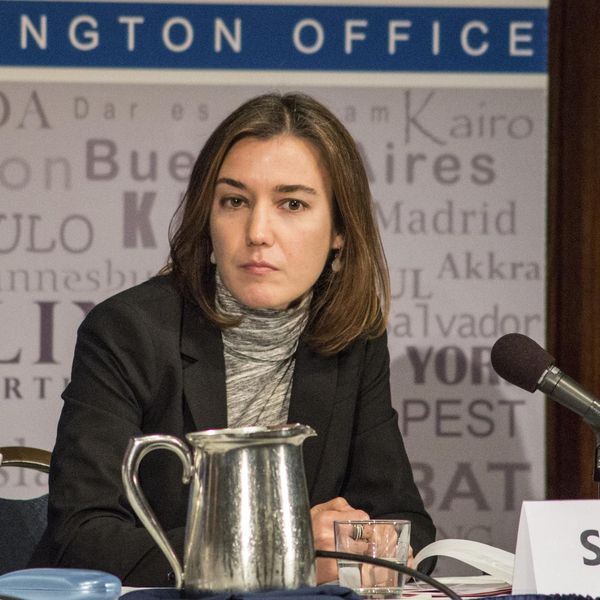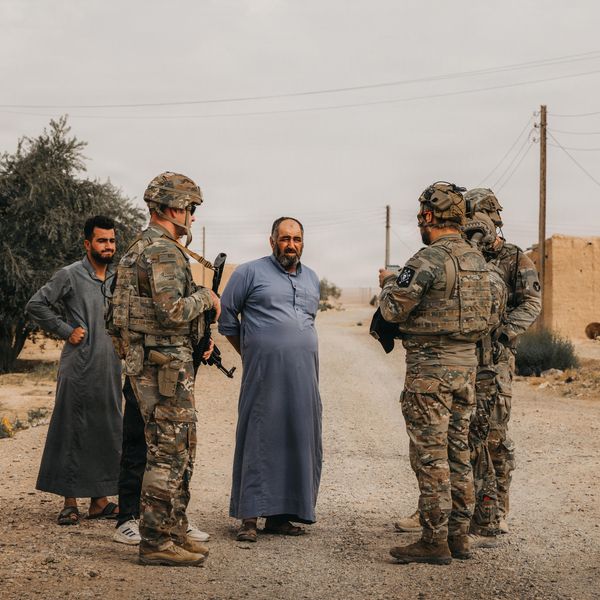As Congress spends the coming weeks debating the details of President Biden’s “Build Back Better” agenda — what’s in and what’s out, whose taxes to raise and whose taxes not to raise — plenty of lawmakers will ask to know whether the bill is “paid for.” That is to say, a good number of Democrats want assurances from Congressional scorekeepers — lawmakers’ budget referees — that the bill will either reduce budget deficits over the span of 10 years or at least not increase them. If the refs say Build Back Better will increase deficits, Republicans will object even more to the package than they already do, and some moderate Democrats may even join them.
This practice — of insisting on a full Congressional Budget Office, or CBO, score for major legislation before members of Congress cast a vote — is a good and normal one. It would be nice if lawmakers applied this logic to the defense budget every once in a while.
Over the 10 years of the Budget Control Act era, fiscal years 2012 through 2021, defense budgets were at least $20 billion higher than the original caps under BCA in seven out of 10 years. In the four years covered by the Trump administration — FYs 2017-2021 — defense spending exceeded original caps by $80 billion in each year. Overall, defense spending in this BCA decade was $439 billion more than it was supposed to be under the original caps. Did anyone ever ask if all that extra spending was paid for?
Above and beyond the caps, Congress authorized another $880 billion for the Overseas Contingency Operations slush fund — and its close cousin, the Global War on Terror fund — from FYs 2012 through 2021. Though ostensibly this fund was meant to address emergency military needs from fighting wars in Afghanistan and Iraq, many government and non-government experts have demonstrated how OCO turned into a slush fund for favorite programs and projects when the military and lawmakers wanted to get around the BCA’s 10 years of spending caps. Did anyone ever ask if OCO spending was paid for?
Add up cap increases and OCO spending and that’s over $1.3 trillion of new defense spending in 10 years — not expected relative to the BCA’s spending caps. It seems few lawmakers at the time asked how the federal government and the nation’s taxpayers were paying for that new spending.
This entitlement mindset — that lawmakers should pass, and military leaders are owed, fatter and fatter defense budgets each year, regardless of the nation’s means or the military’s strategic options — has stretched to most corners of Congress, such that opposition to growing defense budgets is harder and harder to come by.
President Biden would have effectively punted the question of whether to grow or shrink the military budget to at least 2022, when he proposed a defense budget with a slight increase from last year on a nominal basis (but a slight cut from last year after accounting for inflation).
The Senate stepped in and fattened up the budget by a whopping $25 billion at the Senate Armed Services Committee. They did so by following the military’s custom-made and Congressionally-required blueprints for increasing the defense budget year after year — unfunded priorities lists, alternatively known as “wish lists.” Of 26 Senators on the Armed Services Committee, only one — Sen. Elizabeth Warren (D-Mass.) — dared to vote against a bigger defense budget. With the possible exception of Sen. Warren, no Senators appear to ask if the $25 billion in new spending was paid for.
Then the House followed suit, adding $25 billion to their version of the defense budget bill and making it all the easier for the House and Senate to ultimately agree on this big plus-up to the military’s coffers. These pages raised a startling but true point at the time — that five-percent increases to the defense budget each year, for the next ten years, would lead lawmakers to spend $1.2 trillion more on the military than CBO current projects over the next decade. Few have asked if the $25 billion in the House bill, or the potential $1.2 trillion in new spending over a decade, are paid for.
Now, back to the present. The question of how to pay for the multi trillion-dollar Build Back Better package has led to sleepless nights for scores of Congressional members, staffers, reporters, experts, and advocates over the past several months. And, in a way, that question absolutely should be difficult to answer. With the nation nearly $29 trillion in debt and counting, lawmakers can ill afford to add more to debt and deficits. Even a usual champion of smaller defense budgets, Rep. Mark Pocan (D-Wis.), erred when he suggested that the CBO score for Build Back Better doesn’t matter to his constituents. Some of his constituents may not know what CBO is, but the question of whether new legislation will saddle all of his constituents with more debt is a very relevant one.
All that said, it’s time that lawmakers in both parties — from the stalwarts who have called for defense cuts over the years to the fiscal hawks who sometimes wrestle with the political challenges of cutting military budgets — to start asking: how will we pay for all this new military spending? If they cannot provide a solid, gimmick-free answer, maybe they should think twice about yet another unpaid-for defense budget boost.
















